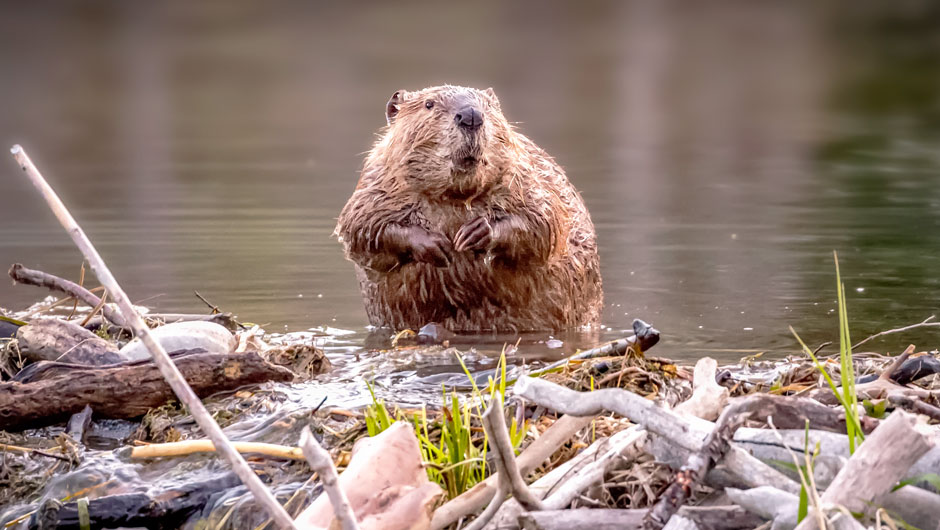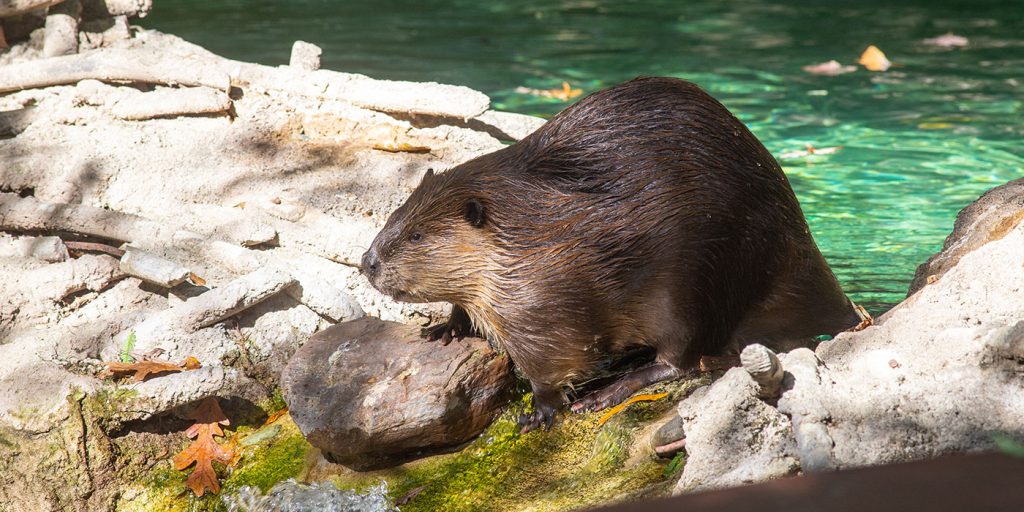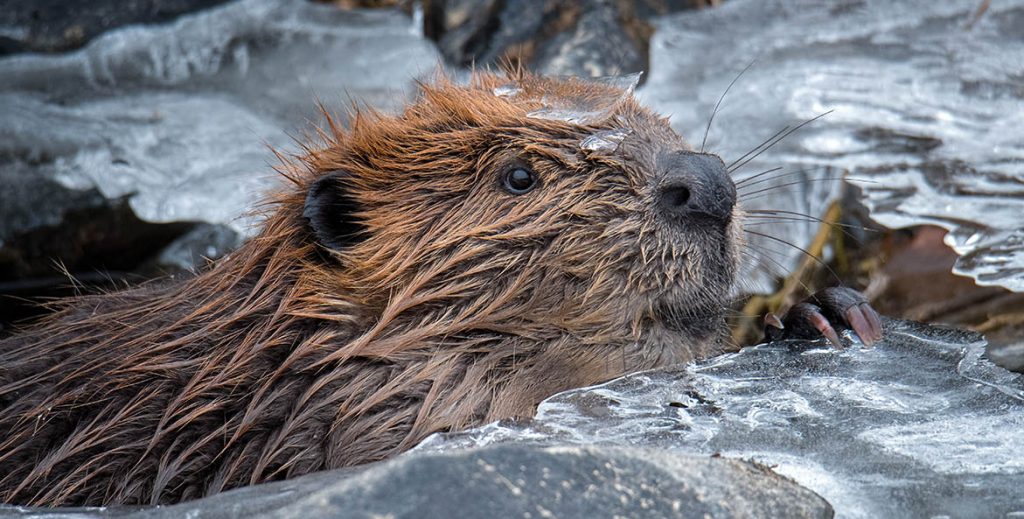
Beavers are often referred to as “ecosystem engineers” due to their ability to shape and modify their environment. As keystone species, they play a crucial role in maintaining the ecological balance of the ecosystem in which they live. In this article, we will explore the role of beavers as keystone species, their impact on the environment, and the importance of conservation efforts to protect their populations.
Keystone species are organisms that have a disproportionate impact on the ecosystem in which they live. They are critical to maintaining the ecological balance of the system and their absence can lead to significant changes and even collapse in the ecosystem. Beavers are one such keystone species that play a vital role in maintaining the health and sustainability of North American wetland ecosystems.
The engineering activities of beavers include the construction of dams, lodges, and canals, which significantly alter the flow and distribution of water within the ecosystem. These changes create and maintain wetlands, which are among the most productive and diverse ecosystems on the planet. Wetlands are home to a variety of plant and animal species, and the disruption of the beaver’s activities can have devastating effects on the entire ecosystem.
One of the most significant benefits of beaver activity is the creation of a diverse range of microhabitats. The dams and ponds created by beavers provide breeding grounds for fish, amphibians, and aquatic invertebrates, while the surrounding wetlands provide habitat for a variety of birds, mammals, and reptiles. The increased biodiversity created by the beaver’s activities helps to stabilize the ecosystem and support the food chain.

Beavers also play a critical role in maintaining water quality by filtering pollutants and excess nutrients from the water. Wetlands created by beavers act as natural filtration systems, removing sediment, nitrogen, and phosphorus from the water. This process helps to maintain water quality and ensures that the water is suitable for the organisms that depend on it.
Despite the significant ecological benefits of beavers, their populations have been significantly impacted by human activities. Commercial trapping and logging have led to a decline in the beaver population, which has had significant impacts on the ecosystem. The loss of beavers has led to the degradation of wetlands and the loss of habitat for a variety of plant and animal species.
Conservation efforts have been successful in restoring beaver populations, and many organizations are actively working to protect these important keystone species. The reintroduction of beavers into degraded habitats has been shown to have significant benefits, including the restoration of wetlands and the recovery of threatened or endangered species.
In addition to conservation efforts, it is important to manage human activities in ways that are compatible with beaver populations. For example, logging and mining activities can have a significant impact on wetlands and beaver habitats. By managing these activities in ways that minimize their impact on beaver populations and their habitats, we can ensure the continued health and sustainability of wetland ecosystems.

In conclusion, beavers are an important keystone species that play a critical role in maintaining the ecological balance of wetland ecosystems. Their engineering activities create and maintain habitat for a variety of plant and animal species, and their impact on water quality helps to support the ecosystem. The loss of beavers has significant impacts on the entire ecosystem, and conservation efforts are necessary to protect their populations and ensure the continued health of wetland ecosystems. By protecting beavers, we can preserve the ecological balance of North American wetlands and support the diverse range of species that depend on them.